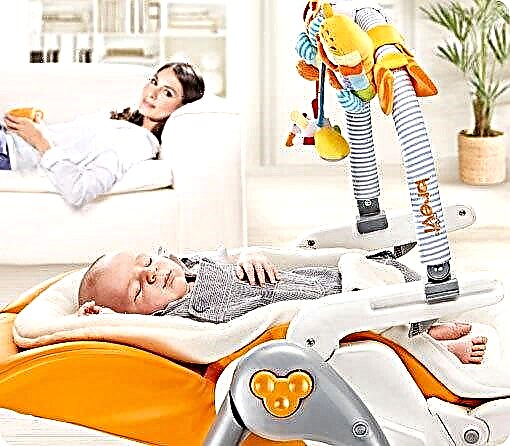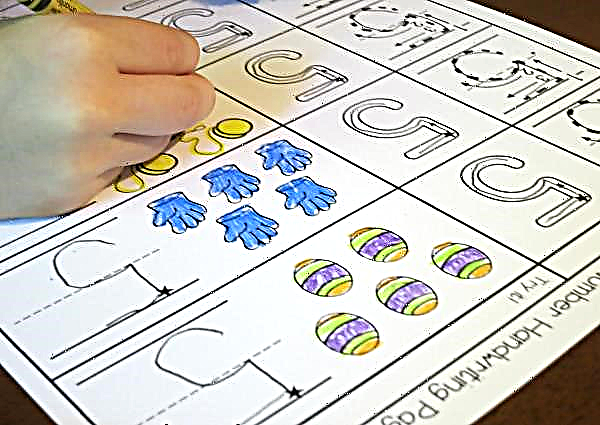
Neurological pathologies in children are dangerous in their consequences, for example, hypoxia during childbirth can manifest itself in a child of 6 months with a delay in development. And therefore, effective drugs are used in the treatment of diseases of the nervous system. One of them is Vinpocetine. But can this medicine be given to infants and why is Vinpocetine prescribed in childhood?

Release form
The drug called Vinpocetine comes in pill form. They are white, round and odorless. One package contains 50 tablets. There are also forms used for injection.

Composition
The active substance in the preparation is a compound of the same name. Each tablet contains 5 mg of vinpocetine. It is supplemented with cornstarch, lactose and magnesium stearate, as well as talc and silica. These substances provide the tablet shape and hardness.

Operating principle
Vinpocetine is classified as a drug that affect metabolic processes and blood circulation in the tissues of the brain. Due to the vasodilation, the drug activates cerebral blood flow, which leads to a greater supply of oxygen and nutrients important for the brain to the nervous tissues (primarily glucose).
At the same time, treatment with Vinpocetine does not impair the blood supply to other tissues (the drug does not cause the “steal” syndrome). In addition, such a drug has the ability to thin the blood, due to which Vinpocetine prevents the formation of blood clots.

Indications
Neurologists prescribe Vinpocetine for circulatory disorders in the brain, for example, after a stroke, trauma or encephalopathy due to hypoxic conditions. Indications for taking such a medicine are also represented by hearing impairments and eye diseases affecting the retina and choroid. The drug can improve the condition of people with hearing loss, glaucoma or tinnitus. As an adjuvant therapy, Vinpocetine can be prescribed for epilepsy, autism, or manic-depressive psychosis.

Contraindications
Vinpocetine is contraindicated:
- With hemorrhagic stroke.
- With arrhythmias.
- With increased intracranial pressure.
- In case of hypersensitivity to its ingredients.
Also, a contraindication is children under 18 years of age.
Can children be taken?
Vinpocetine can be given in childhood only as directed by a doctor.
Although the instructions for use contain information about the prohibition of the use of this medication under 18 years of age, however, if indicated, such a drug can be prescribed even to children under one year old.
Neurologists often prescribe this medicine to 3-month-old children if a hypoxic brain damage is found in the baby. Wherein treatment with Vinpocetine must be monitored by a specialist, and it is unacceptable to give the drug without medical prescriptions.

Side effects
If the dose of Vinpocetine is not exceeded, side effects are rare. Perhaps an increase in the rhythm of heartbeats and the appearance of extrasystoles, as well as changes in the cardiogram. In some patients, sleep is disturbed, general weakness occurs, and sweating increases. Headaches, drowsiness and dizziness are also possible. Rarely, allergic skin lesions occur, and the digestive system can react to Vinpocetine with heartburn, nausea, and dry mouth.

Instructions for use and dosage
The medicine is prescribed after meals three times a day. The tablet must be swallowed and washed down with water. The average daily dose of the drug for adults is from 15 to 30 mg, but children's dosage should be selected by the doctor individually... It can be a quarter, a third of a tablet, or another amount of the drug. Within a week from the beginning of the intake, the therapeutic effect will be noticeable, but in most cases the medication is prescribed for a long time (2-3 months or longer).


Overdose
Cases of overdose of Vinpocetine have not yet been reported, but if the permissible dose is exceeded, the stomach should be flushed, the patient should be given a sorbent and symptomatic treatment should be prescribed.
Interaction with other drugs
Vinpocetine has practically no effect on other drugs. it the remedy cannot be combined only with Heparin, as this will lead to increased bleeding... If you prescribe this medication and methyldopa, a more pronounced hypotensive effect is possible. The appointment of anticoagulants or antiarrhythmic drugs to a patient taking Vinpocetine should be carried out with caution.

Terms of sale
To buy Vinpocetine at a pharmacy, you need a prescription from your doctor.
Storage conditions and shelf life
Keep the package away from direct sunlight so that a child cannot reach the tablets. The optimal temperature conditions for Vinpocetine are from 15 to 30 degrees Celsius. From the moment of manufacture, the medicine should be used within 5 years.

Reviews
The doctors' comments about Vinpocetine are mostly positive. Neurologists often prescribe this drug for lesions of the central nervous system during childbirth, noting that the drug, by stimulating blood flow in the brain, helps to quickly eliminate the consequences of encephalopathy. Vinpocetine is also in demand by otolaryngologists, psychiatrists and ophthalmologists. Komarovsky calls Vinpocetine an effective remedy that does not harm the child if there were indications for its appointment, and the dosage was selected by an experienced doctor.
Parents' comments after the use of Vinpocetine are different. Someone does not risk giving this medication to a child, for example, if he is 4 months old. Others rely on the experience of the attending physician and give pills to the crumbs in the prescribed dosage. They mainly note the effectiveness of such a drug and the low incidence of side effects.

Analogs
Vinpocetine for the treatment of a child can be replaced by a drug with the same active ingredient, for example:
- Cavinton.
- Bravinton.
- Telektol.
- Vincetin.
- Korsavin.



